10 Media Representations of Hearing Loss
10 Media Representations of Hearing Loss Finding media representation in TV and movies for characters with hearing loss can be difficult unless the film is centred around life and struggle as a hard of hearing individual. However, in recent years, several films and TV shows have been released that incorporate deaf characters and storylines to create a more dynamic watching experience. Although not all new, most of these movies and TV shows are from the last decade. They feature characters with tinnitus, various levels of hearing loss, and in some cases the use of American Sign Language (ASL). Here are 10 media representations of hearing loss we thought were worth a watch. Movies: Drama and Comedy 1. A Star is Born (2018) character Jack Maine Jack is a musician with substance abuse and worsening Tinnitus. Through his struggle, he helps a young singer find fame as his career is coming to a close. Starring Lady Gaga and Bradley Cooper. 2. The Old Man and the Gun (2018) character Forrest Tucker Based on the, mostly, true story of Forrest Tucker, a career criminal after he breaks out of prison... again. Forrest is shown to wear hearing aids for his hearing loss. He continues his hijinks with a colourful cast of characters, a funny script, and beautiful cinematography. Starring Robert Redford. 3. Wonderstruck (2017) characters Rose and Ben The movie interlaces two stories set 50 years apart: Rose, a deaf girl, leaves her home in hopes of finding her mother. In...
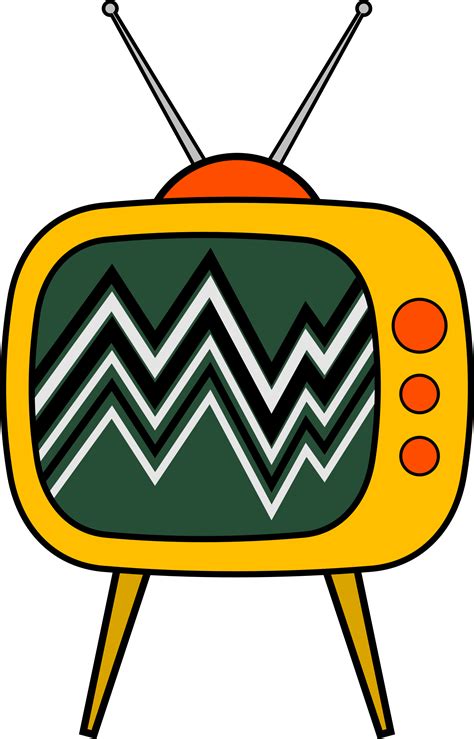
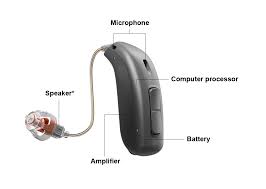
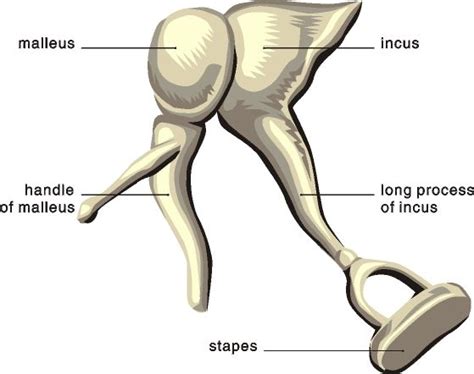
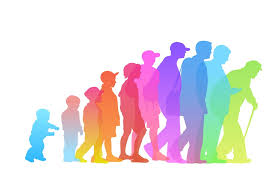


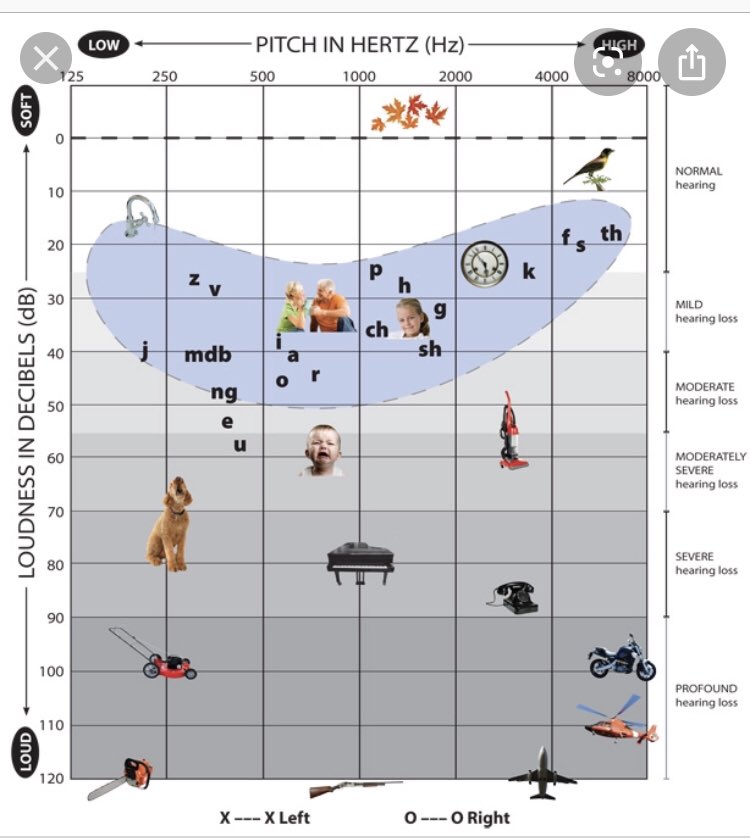
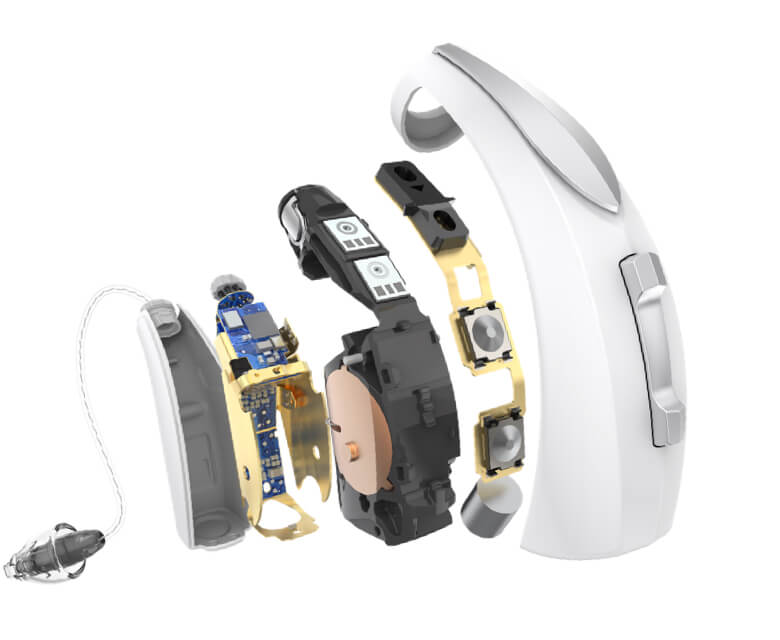
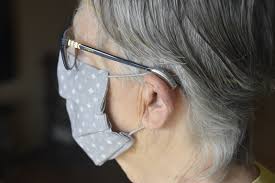
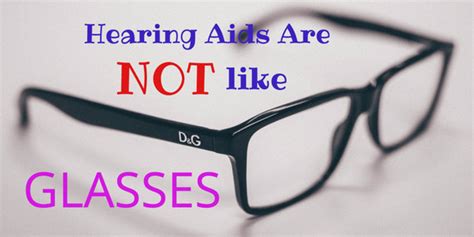
Recent Comments